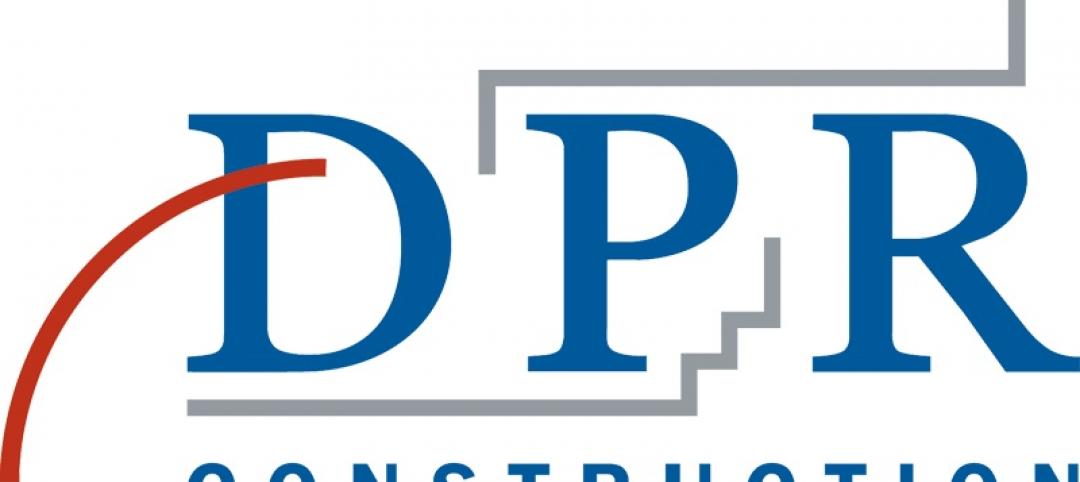“Motivation and Means: How and Why IPD and Lean Lead to Success”, co-sponsored by the Integrated Project Delivery Alliance, explodes several myths about Lean and IPD.
Myth #1: Delivery matters less than choosing the right people; behaviors can’t be dictated by a contract. You won’t get the A Team every time, but you can still foster positive behavior, says principal author Renée Cheng, PhD, AIA, Professor, School of Architecture, University of Minnesota. Think through which players you want on your team, how to create the right culture, and how to get rid of nonperformers.
Myth #2: IPD contracts are too complicated, Lean tools are too rigid. IPD and Lean are “a lot more flexible than people think,” says Cheng. Investing the time up front for designing your IPD and Lean procedures can pay off in huge ROI. Teams also vary in how they use IPD and Lean. It’s not as rigid as commonly believed, she says.
Myth #3: IPD only works on large complex healthcare projects. Teams new to IPD and Lean are at a disadvantage. Cheng says there’s no evidence that small projects cannot benefit from using an IPD and Lean. Moreover, you can have a team that’s new to IPD, or one that has half its team members experienced in IPD and Lean, and both can still work, she says.
Myth #4: Owners aren’t getting best value; or, owners are getting value but the team is not making a profit. Cheng says it’s hard to get at “pure results” for owners because “it usually depends on how well the owner sets the cost and schedule targets.” The research did show that 100% of owners in the study said their IPD/Lean projects met or exceeded expectations.
In terms of meeting schedule, some teams were just a bit over, a number were under. Similarly, with regard to budgets, one project team went over, some were at budget, a number were under.
As for profitability, Cheng says some project teams have reported making 20-30% more in an IPD than under a non-IPD. “I did see teams working collectively with the owner to determine a target cost, and this drove the original allowable cost way below market, and the profit was distributed.”
Myth #5: IPD and IPD-lite are essentially the same; financial incentives and release of liability are no big deal. Cheng says the behavior is “strikingly different” between those who have skin in the game and those who do not. “Those in the signatory pool behave much more collaboratively, there’s a lot more fluidity in how they’re willing to trade scope, and they’re much more willing to call out behavior that’s not productive.”
Finally, there’s a lot more “fun and enjoyment” in true IPD projects, says Cheng—“a lot more time being spent on positive things. It’s very positive and collaborative.”
Related Stories
| Apr 26, 2013
Solving the parking dilemma in U.S. cities
ArchDaily's Rory Stott yesterday posted an interesting exploration of progressive parking strategies being employed by cities and designers. The lack of curbside and lot parking exacerbates traffic congestion, discourages visitors, and leads to increased vehicles emissions.
| Apr 26, 2013
Decaying city: Exhibit demonstrates the fragility of the man-made world
Theater set designer Johanna Mårtensson built a model cityscape out of bread only to watch it decay.
| Apr 25, 2013
Colorado State University, DLR Group team to study 12 high-performance schools
DLR Group and the Institute for the Built Environment at Colorado State University have collaborated on a research project to evaluate the effect of green school design on occupants and long-term building performance.
| Apr 24, 2013
More positive momentum for Architecture Billings Index
All regions and building sectors continue to report positive business conditions
| Apr 24, 2013
North Carolina bill would ban green rating systems that put state lumber industry at disadvantage
North Carolina lawmakers have introduced state legislation that would restrict the use of national green building rating programs, including LEED, on public projects.
| Apr 24, 2013
Los Angeles may add cool roofs to its building code
Los Angeles Mayor Antonio Villaraigosa wants cool roofs added to the city’s building code. He is also asking the Department of Water and Power (LADWP) to create incentives that make it financially attractive for homeowners to install cool roofs.
| Apr 23, 2013
Building material innovation: Concrete cloth simplifies difficult pours
Milliken recently debuted a flexible fabric that allows for concrete installations on slopes, in water, and in other hard to reach places—without the need for molds or mixing.
| Apr 22, 2013
Top 10 green building projects for 2013 [slideshow]
The AIA's Committee on the Environment selected its top ten examples of sustainable architecture and green design solutions that protect and enhance the environment.
| Apr 19, 2013
DPR Construction acquires Hardin Construction
DPR Construction has purchased Atlanta-based Hardin Construction Company. The companies are combining operations in the Southeast and Texas markets, including Atlanta, Austin, Texas, Houston, and Raleigh, N.C.
| Apr 19, 2013
Must see: Shell of gutted church on stilts, 40 feet off the ground
Construction crews are going to extremes to save the ornate brick façade of the Provo (Utah) Tabernacle temple, which was ravaged by a fire in December 2010.

















